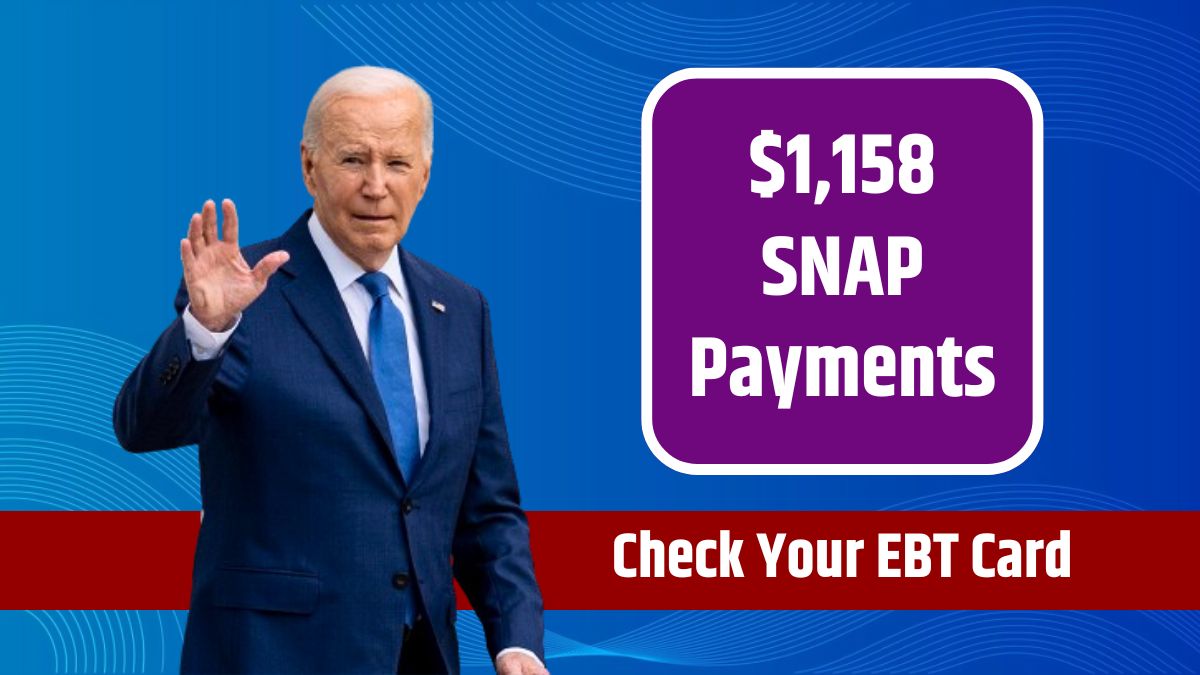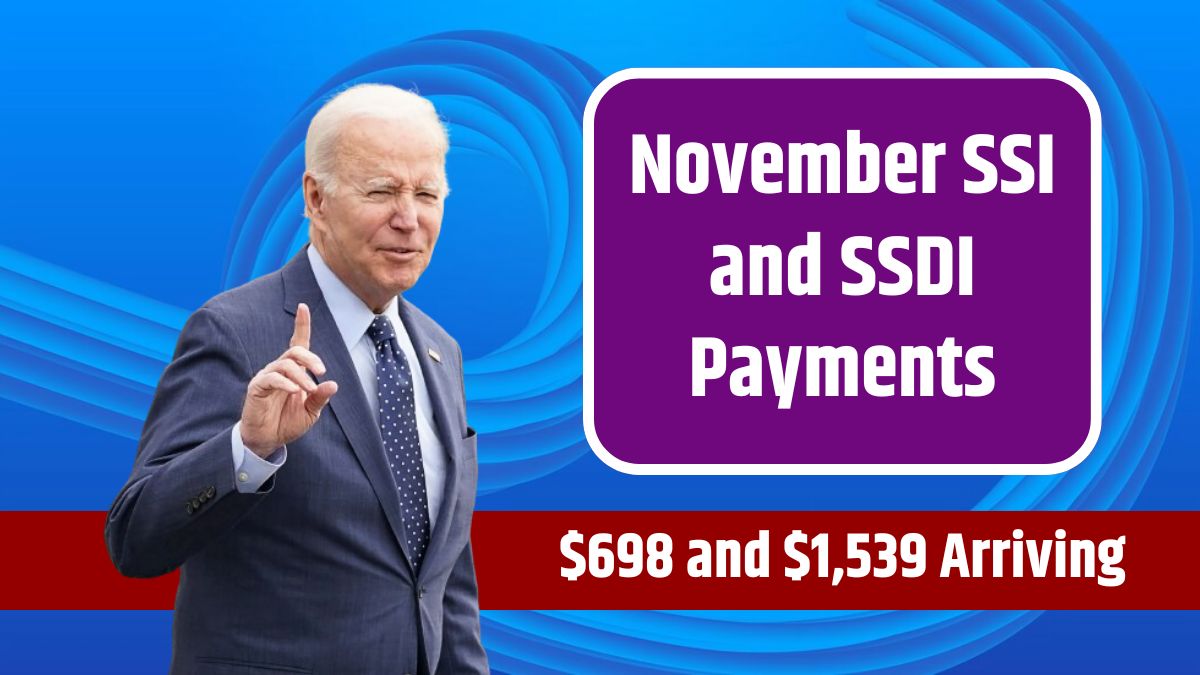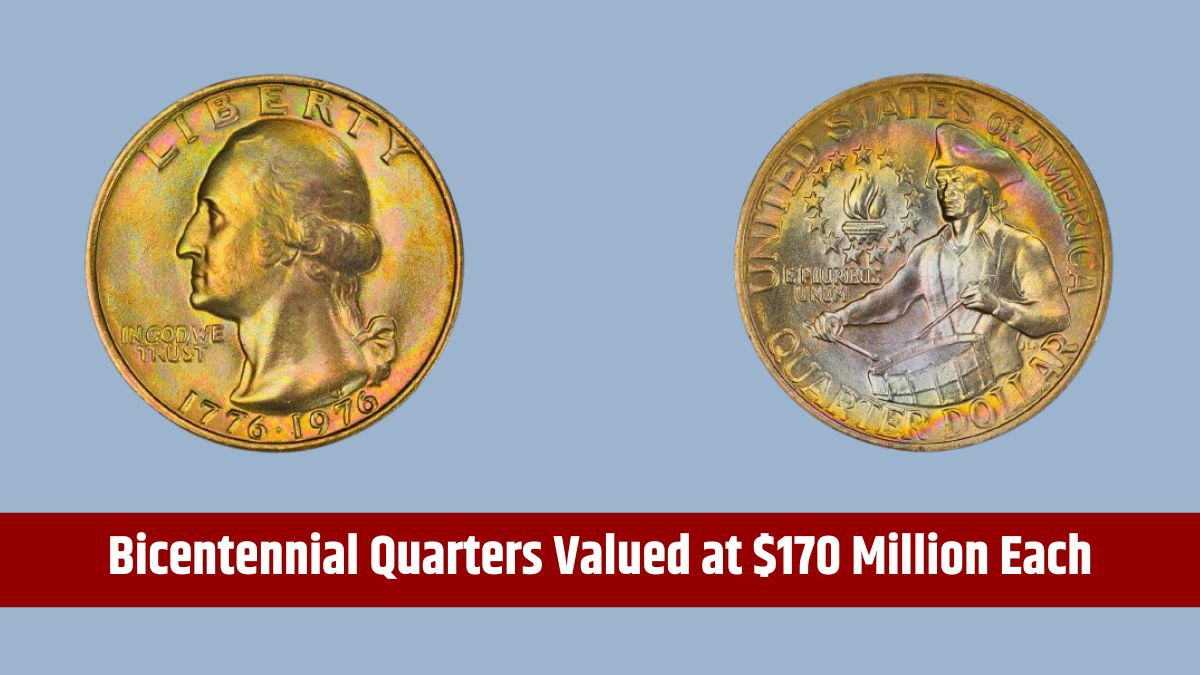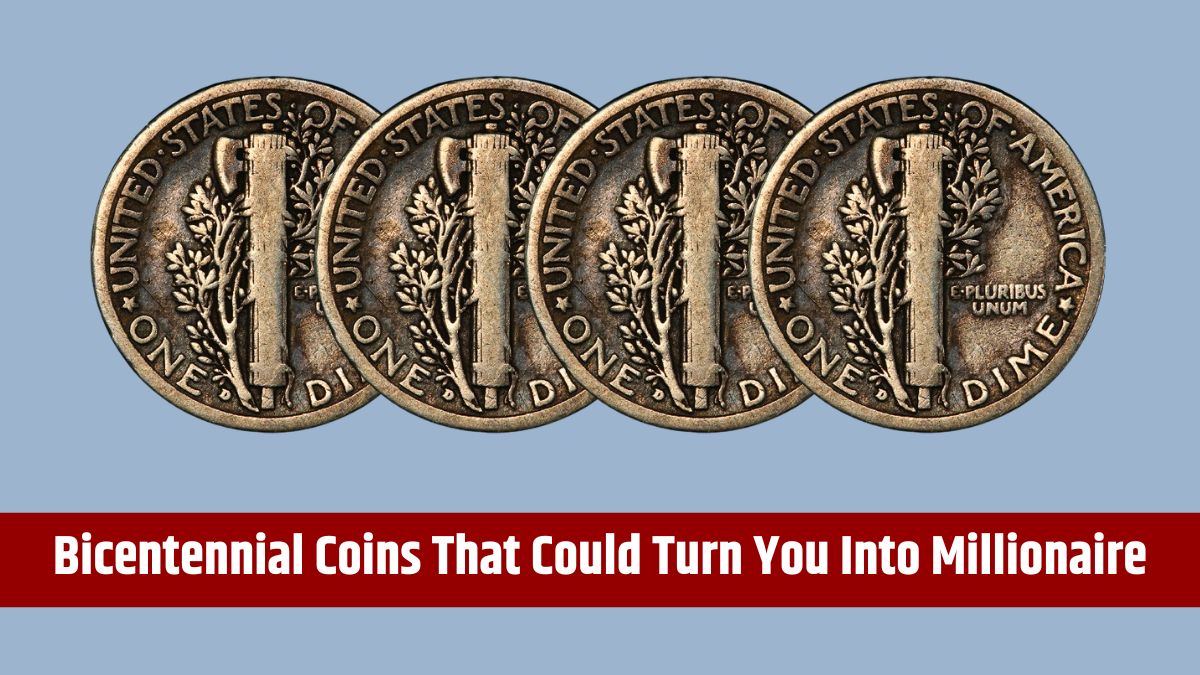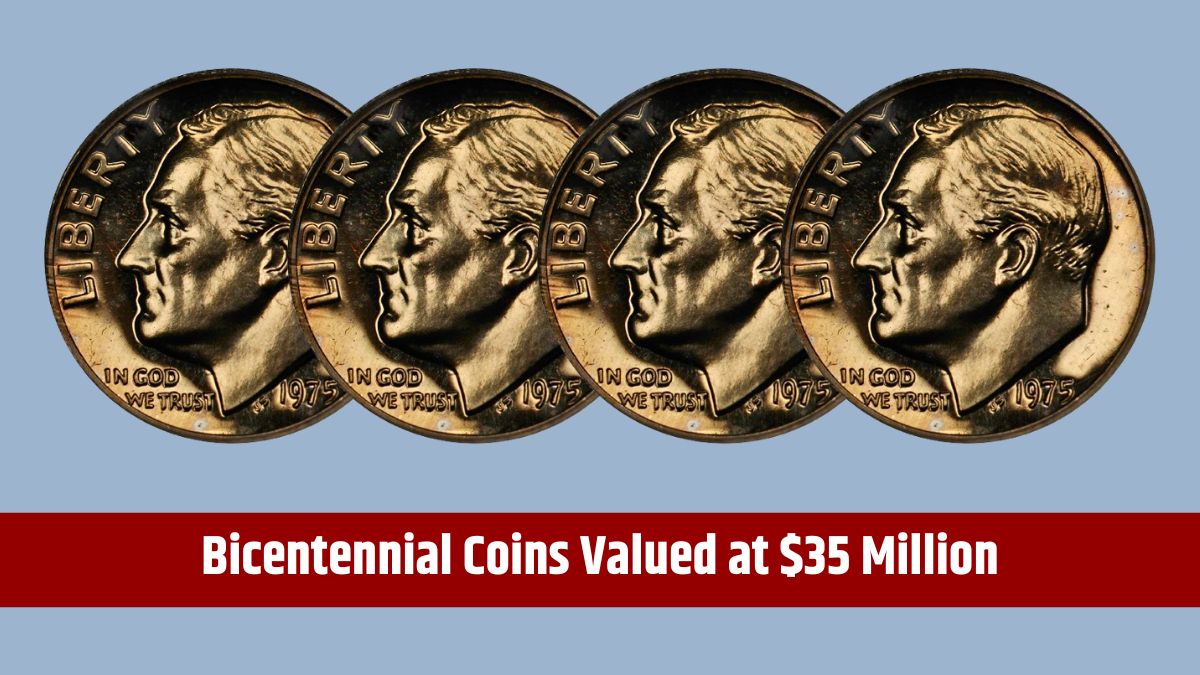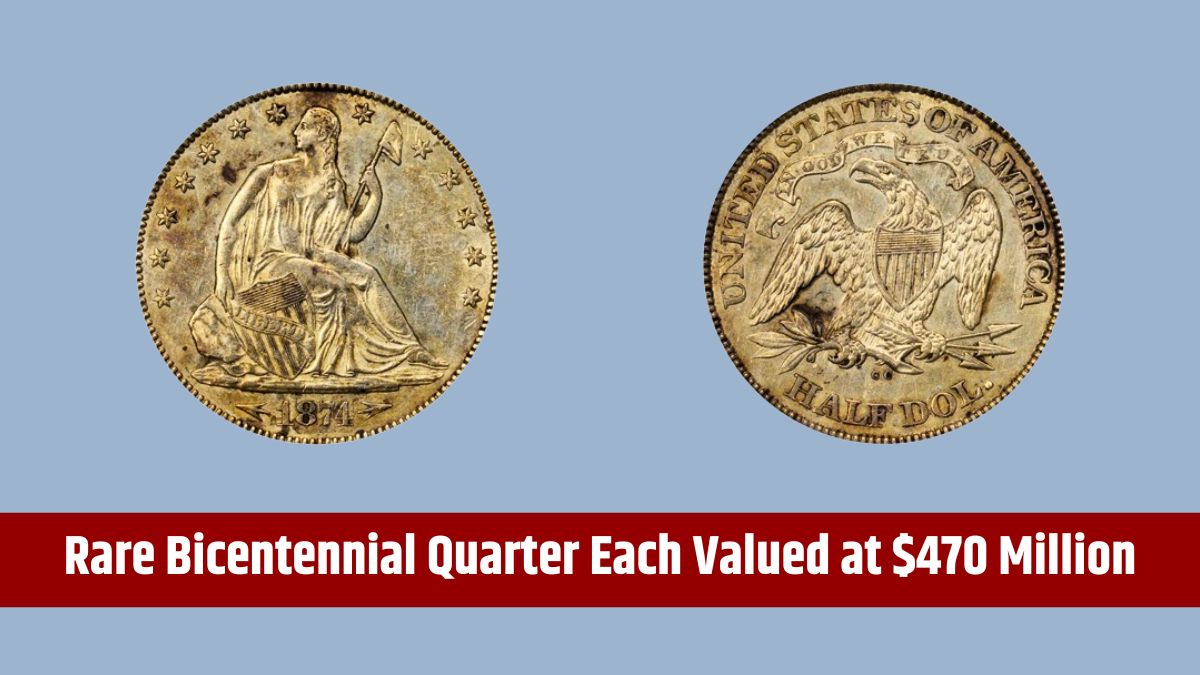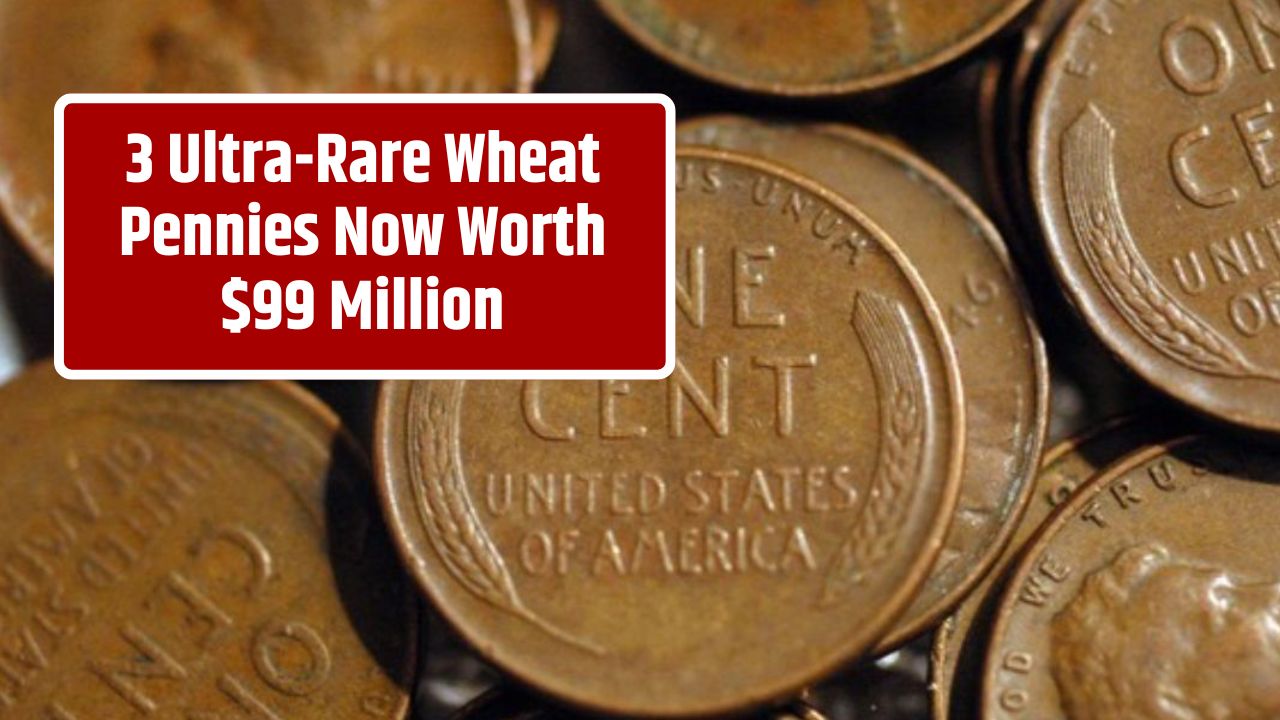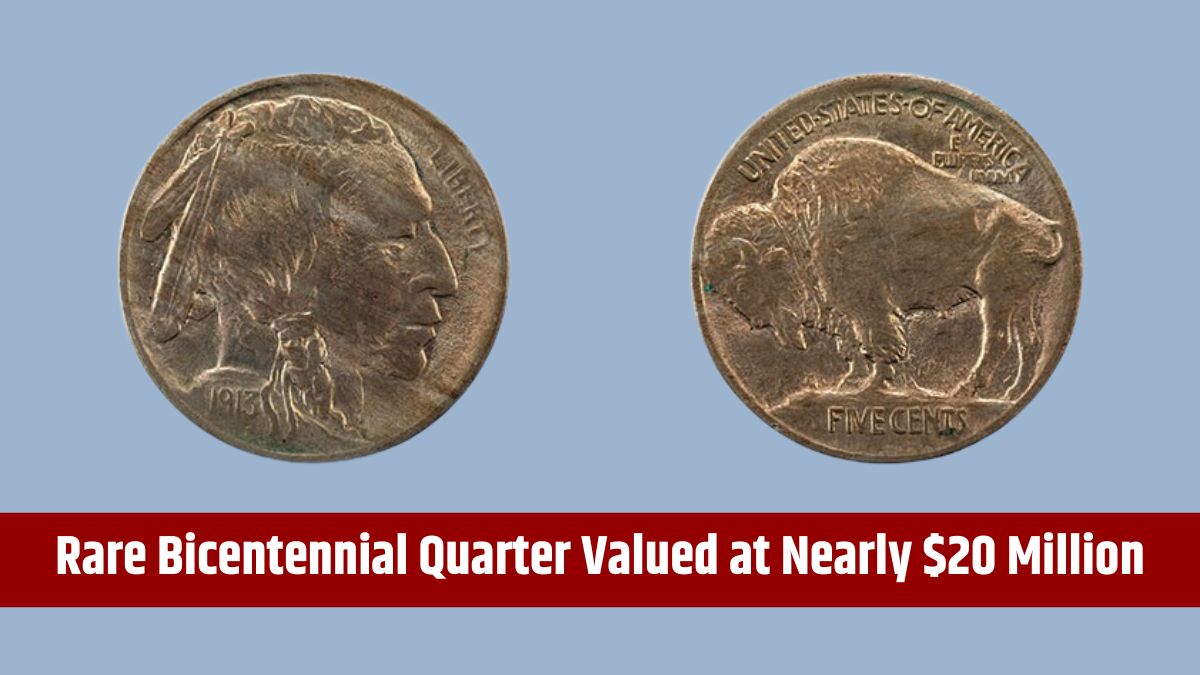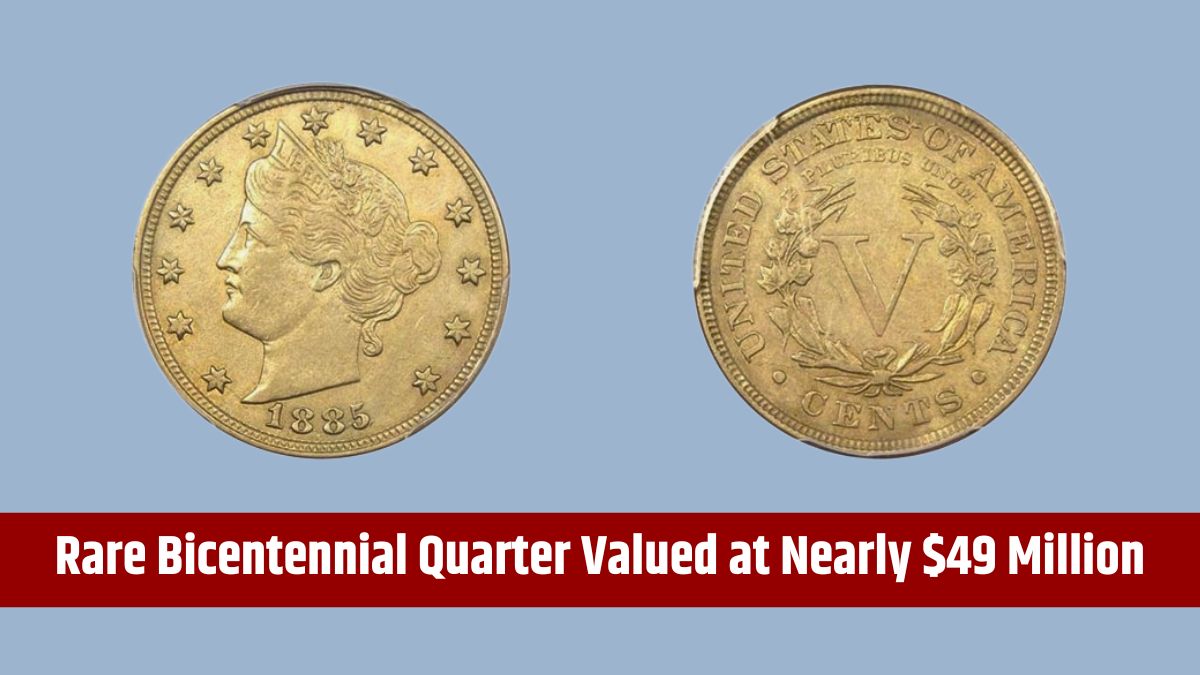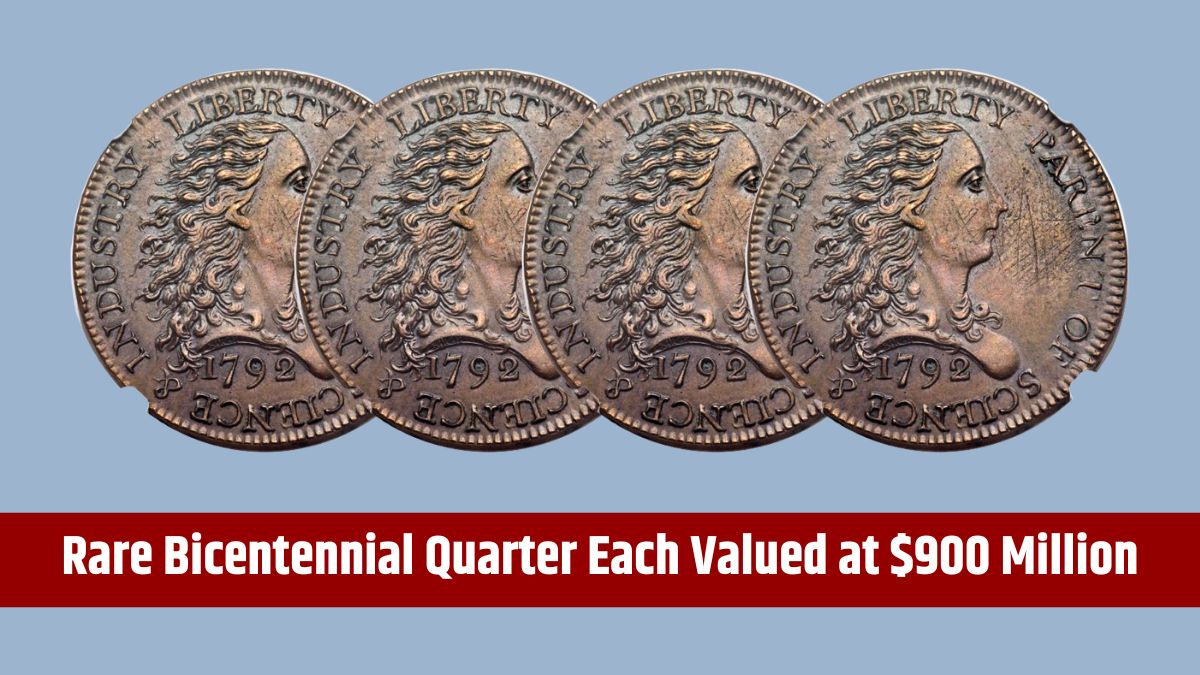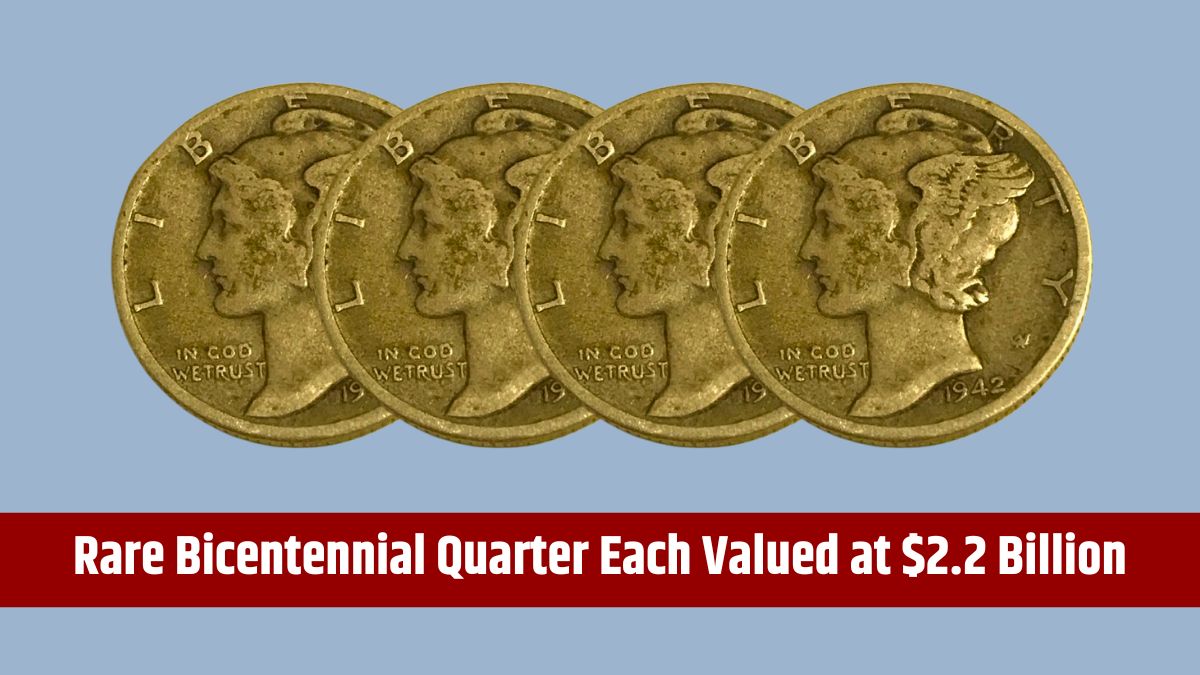As each new year brings its share of changes, tax adjustments are no exception. To help taxpayers prepare in advance, the IRS has released its tax updates for the 2025 tax year, which will affect tax returns filed in early 2026. While some aspects remain unchanged, other modifications are aimed at reflecting current economic conditions and helping taxpayers stay on top of their finances.
Marginal Rates
The standard deduction will see slight increases in 2025, providing some financial relief to various filing categories:
- Single filers and married filing separately: Increase of $400, setting the deduction at $15,000
- Married filing jointly: Increase of $800, making the deduction $30,000
- Heads of household: Increase of $600, raising the deduction to $22,500
The highest marginal tax rate remains 37% for individual incomes above $626,350 and for joint filers above $751,600. However, the income thresholds for lower tax brackets are shifting, which can influence how much tax is owed. Here’s a breakdown of the 2025 brackets:
| Tax Rate | Single Income Over | Joint Income Over |
|---|---|---|
| 10% | $11,925 or less | $23,850 or less |
| 12% | $11,925 – $48,475 | $23,850 – $96,950 |
| 22% | $48,475 – $103,350 | $96,950 – $206,700 |
| 24% | $103,350 – $197,300 | $206,700 – $394,600 |
| 32% | $197,300 – $250,525 | $394,600 – $501,050 |
| 35% | $250,525 – $626,350 | $501,050 – $751,600 |
| 37% | Over $626,350 | Over $751,600 |
Credits and Benefits
Several key tax credits and benefits will see increases in 2025. For instance, the Earned Income Tax Credit (EITC), which supports low- to moderate-income families, will increase for those with three or more children, reaching a maximum of $8,046.
The Alternative Minimum Tax (AMT) exemption amounts will also rise, benefiting a larger pool of taxpayers. Here’s how they will be structured:
- Unmarried individuals: Exemption set at $88,100, with phase-out starting at $626,350
- Married couples filing jointly: Exemption of $137,000, phase-out beginning at $1,252,700
Additional benefits are seeing increases too:
- Qualified transportation fringe benefit: Monthly limit rises to $325
- Health flexible spending arrangements: Employee contribution limits rise to $3,300
Other IRS Adjustments
Further adjustments include changes to Medical Savings Accounts (MSAs), foreign earned income exclusions, and estate and gift tax exclusions:
- Medical Savings Accounts: Deductible ranges are set from $2,850 to $4,300 for individual plans and $5,700 to $8,550 for family plans.
- Foreign earned income exclusion: Increases from $126,500 to $130,000.
- Estate and gift tax exclusions: The basic exclusion for estates rises to $13,990,000, and the annual gift exclusion will be $19,000.
- Adoption credit: Maximum credit for adopting a child with special needs increases to $17,280.
PTIN Renewal
Tax preparers are reminded to renew their Preparer Tax Identification Numbers (PTINs), with the IRS’s renewal process already underway for the 810,000 professionals required to complete it. The renewal fee remains unchanged at $19.75, and the renewal process can be completed online.
Participating in the IRS Annual Filing Season Program, tax preparers can enhance their knowledge and uphold tax-filing standards. This program helps ensure accurate federal tax returns, protecting both taxpayers and preparers.
These changes underscore the IRS’s commitment to adapting to economic shifts and improving the tax-filing process for all Americans.
FAQs
What is the 2025 standard deduction for singles?
The standard deduction for singles is $15,000.
Will the top tax rate change in 2025?
No, the top tax rate remains at 37%.
How much is the 2025 EITC for families with three kids?
The maximum EITC is $8,046 for families with three children.
What is the 2025 AMT exemption for single filers?
The AMT exemption for singles is $88,100.
Is PTIN renewal mandatory for tax preparers?
Yes, tax preparers must renew their PTIN annually.






